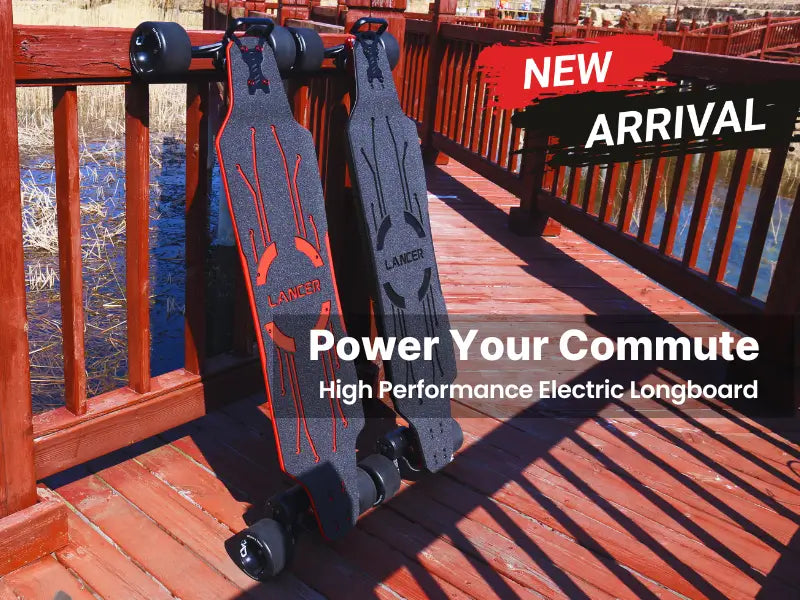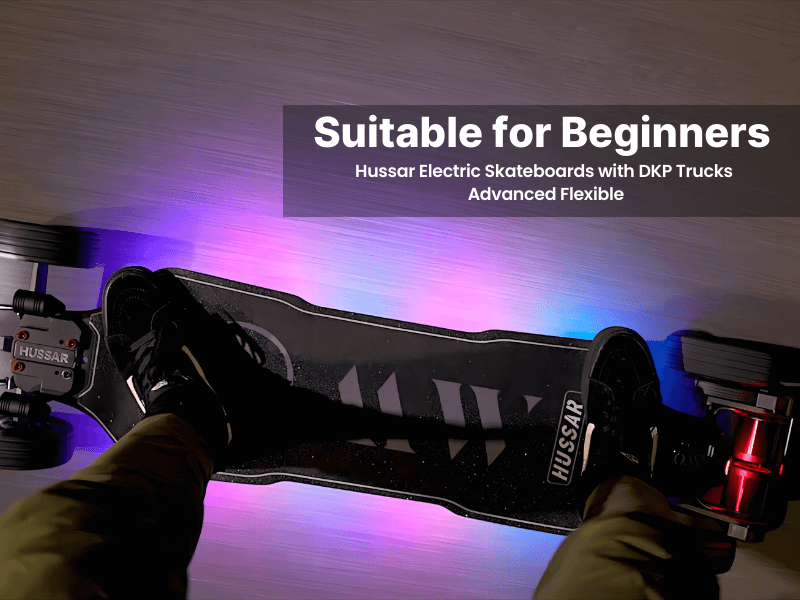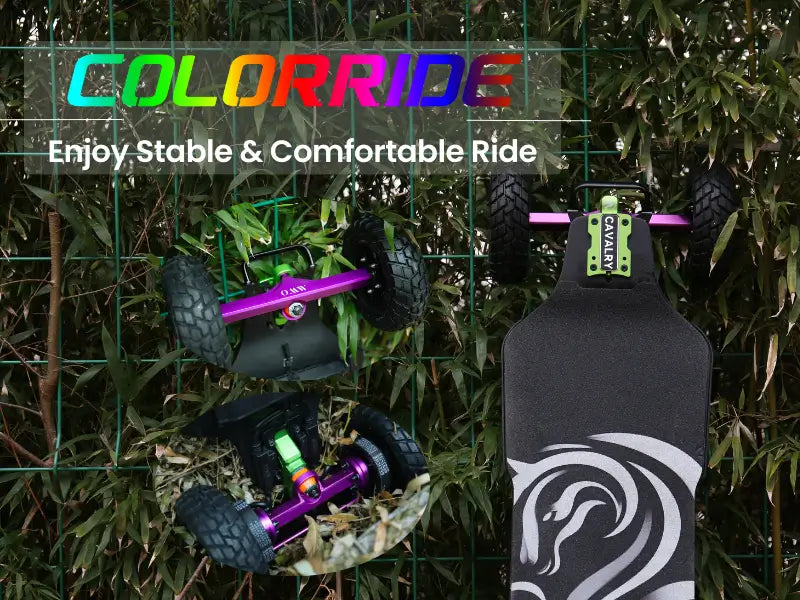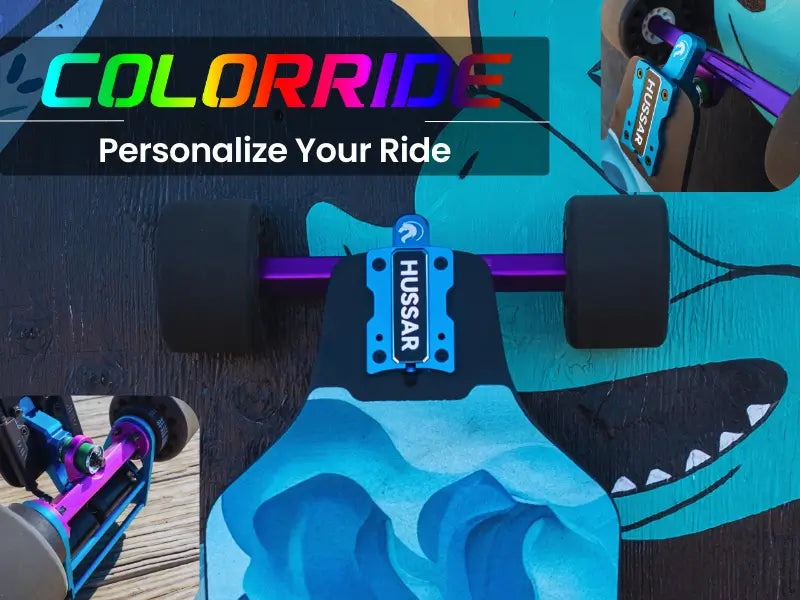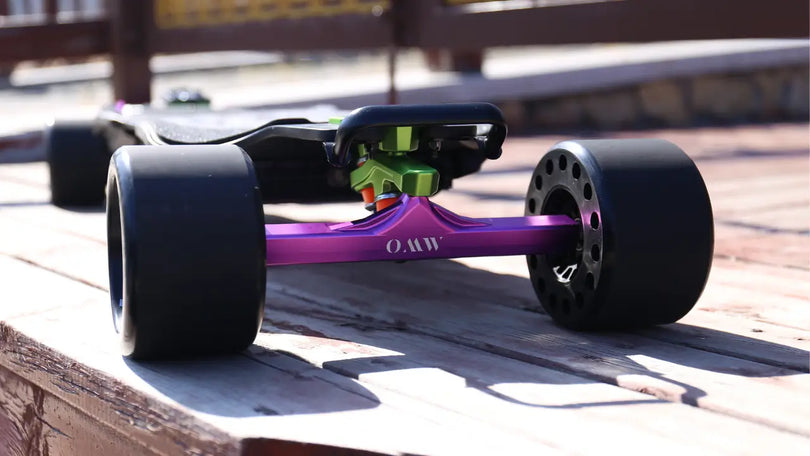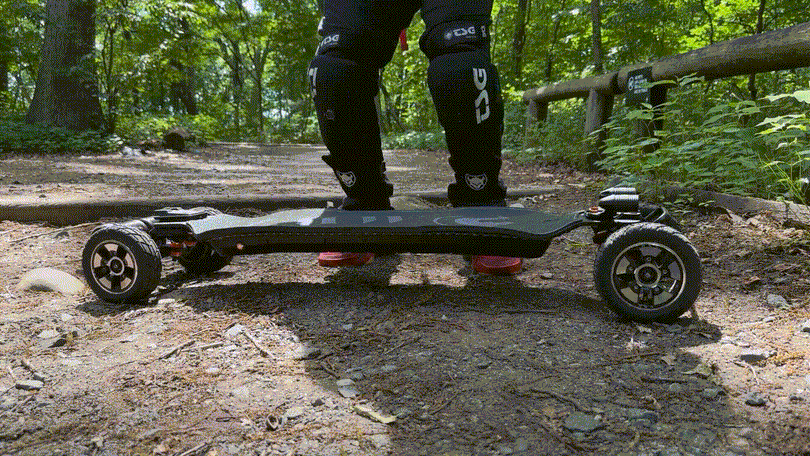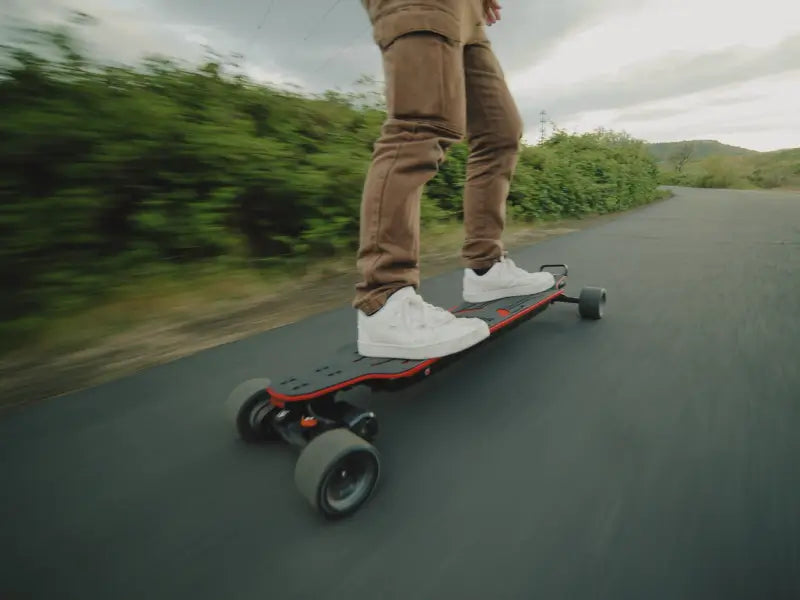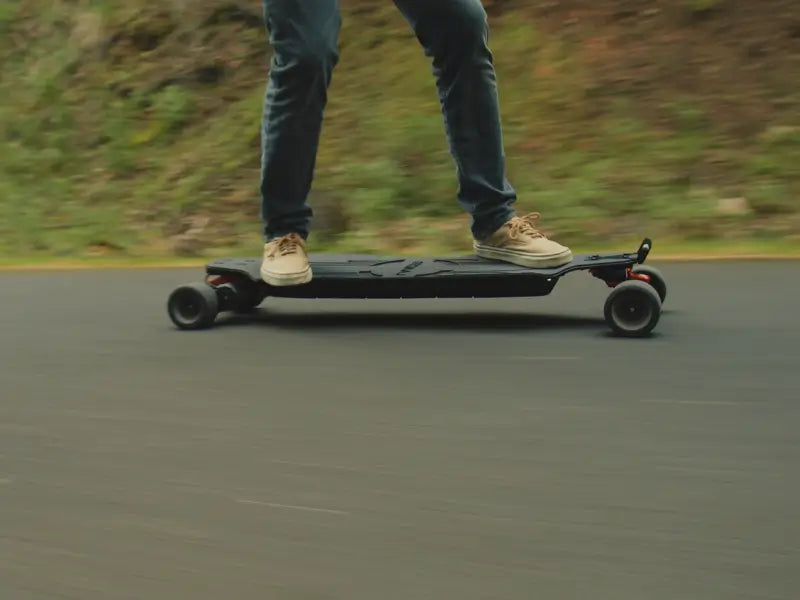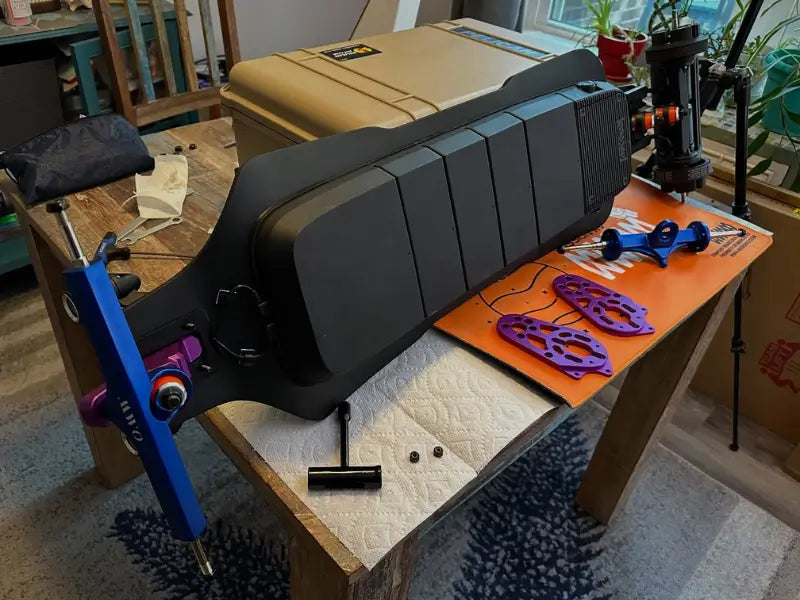You've chosen your ideal battery, and now it's time to bring your DIY electric skateboard to life with the components that truly make it electric: the Electronic Speed Controller (ESC) and the motor. These two work in perfect harmony, translating your remote control commands into exhilarating motion. Understanding their function, compatibility, and how to choose them is key to a powerful and reliable ride.

Understanding the Role of Motors and ESCs
The Brain: Electronic Speed Controller (ESC)
Acts as the "brain" of your electric skateboard's propulsion system. ESC is the crucial link between your battery, motor, and remote control. Its primary job is to take the signals from your remote and convert the battery's DC (direct current) power into the AC (alternating current) power needed to spin your motor, precisely controlling its speed and direction.

What an ESC does for you:
- Speed Control: It regulates the power sent to the motor, allowing you to accelerate, maintain speed, and brake smoothly.
- Direction Control: It switches the motor's rotation for forward and reverse.
- Protection: High-quality ESCs include built-in protections against over-current, over-voltage, under-voltage (low battery), and over-temperature.
- Braking: It manages regenerative braking, using the motor to slow down and, in some cases, even return a small amount of energy to the battery.
- Customization: Many modern ESCs (like those based on VESC firmware) are highly programmable. You can connect them to your computer or phone to adjust acceleration curves, braking strength, motor limits, and more, tailoring the ride feel to your preference.
Key ESC Considerations for DIY:
- Voltage Compatibility: Your ESC must be rated for your battery's voltage (e.g., if you have a 12S battery, your ESC needs to support 12S). Pushing an ESC beyond its rated voltage will destroy it.
- Continuous Amps (Current Rating): This indicates how much continuous current the ESC can handle. It needs to match or exceed the maximum continuous current your motor will draw, especially under load (e.g., going uphill). Skimping here can lead to overheating and ESC failure.
- Firmware & Programmability: Open-Source vs. Proprietary ESCs
Open-Source Firmware (VESC & Derivatives): Open-source, fully programmable ESC used by most high-end DIYers. It offers customization of throttle curves, brake strength, motor detection, telemetry, and more, which is perfect for advanced users who want full control.
Popular VESC Options:
| Model | Voltage Support | Continuous Amps |
| Enertion FOCBOX Unity | Up to 12S | 80A Motor / 160A System |
| Flipsky Dual FSESC 4.20 | Up to 12S | 50A Motor / 100A System |
| Flipsky Dual FSESC 6.6 | Up to 12S | 100A Motor / 200A System |
Proprietary Firmware (LingYi, Hobbywing, etc.): Plug-and-play but limited in settings. It is good for beginners, but less flexible.
Common Brands:
-
- LingYi ESC – widely used in boards like Meepo, known for aggressive braking and punchy acceleration
- Hobbywing ESC – smoother and more stable, found in brands like OMW, Exway.
The Muscle: The Motor
The motor is the muscle of your electric skateboard, directly converting electrical energy from the battery (via the ESC) into mechanical motion that turns your wheels. For DIY electric skateboards, there are 3 main types of motors used:

Most popular in DIY builds due to power and customizability.
- Pros: High torque, replaceable parts, customizable gear
- Cons: Slightly noisier, requires maintenance
- Common Sizes: 6354, 6374, 6384 (bigger = more torque)
Hub Motors
Built into the wheel for a cleaner, stealthier look.
- Pros: Quiet, low-maintenance, simple setup
- Cons: Less torque, less heat dissipation
- Great For: Commuters and minimalist builds
Direct Drive Motors
Mounted directly on the axle, combines power and quiet performance.
- Pros: High efficiency, smooth ride feel
- Cons: More expensive, limited gear ratio options
Key Motor Considerations for DIY:
-
kV Rating: This tells you how many revolutions per minute (RPM) the motor will spin per volt applied (RPM/V).
- Higher kV: Faster top speed, less torque.
- Lower kV: Slower top speed, more torque (better for hills).
- You need to balance kV with your battery voltage and desired performance.
- Wattage (Power Output): Indicates the motor's power handling capability. Higher wattage generally means more powerful acceleration and hill climbing.
- Size: Larger motors can typically handle more power and heat, but are heavier and take up more space.
-
Sensor vs. Sensorless:
- Sensored Motors: Provide smoother, more consistent starting from a standstill and better low-speed control. Requires a compatible ESC.
- Sensorless Motors: Can be a bit "coggy" or jerky at very low speeds, but are simpler and often cheaper. Most modern ESCs handle sensorless motors well.

Safety Tips When Configuring ESC and Motors
The most critical aspect of your ESC and motor choice is compatibility. They must be able to work together seamlessly.
- Voltage Match: As mentioned, your ESC must support your battery voltage, and your motor's maximum voltage rating should also be compatible.
- Current Draw (Amps): Your ESC's continuous current rating must be able to handle the maximum continuous current draw of your motor(s), especially under heavy load. If your motor demands 60A and your ESC is only rated for 40A, you're asking for trouble.
- Phase Wires: Ensure the motor's phase wires (typically three thick wires) can connect to the ESC's output. Secure all wiring with heat shrink or protective sheathing.
- Sensors (if applicable): If you choose a sensored motor, make sure your ESC has a compatible sensor port.
- Test First: Run motor detection if using a VESC. It is recommended to test with the wheels off the ground.
DIY Tip: When in doubt, it's generally better to overspec your ESC slightly for your motor's needs. A slightly overpowered ESC runs cooler and will last longer than an ESC constantly pushed to its limits.
Final Thoughts: Pair for Performance
Your motor and ESC pairing is the beating heart of your DIY electric skateboard. Don't just chase specs - match components for balance, efficiency, and riding style. Whether you're cruising city streets or bombing hills, a well-matched setup gives you the performance, control, and safety your build deserves.

